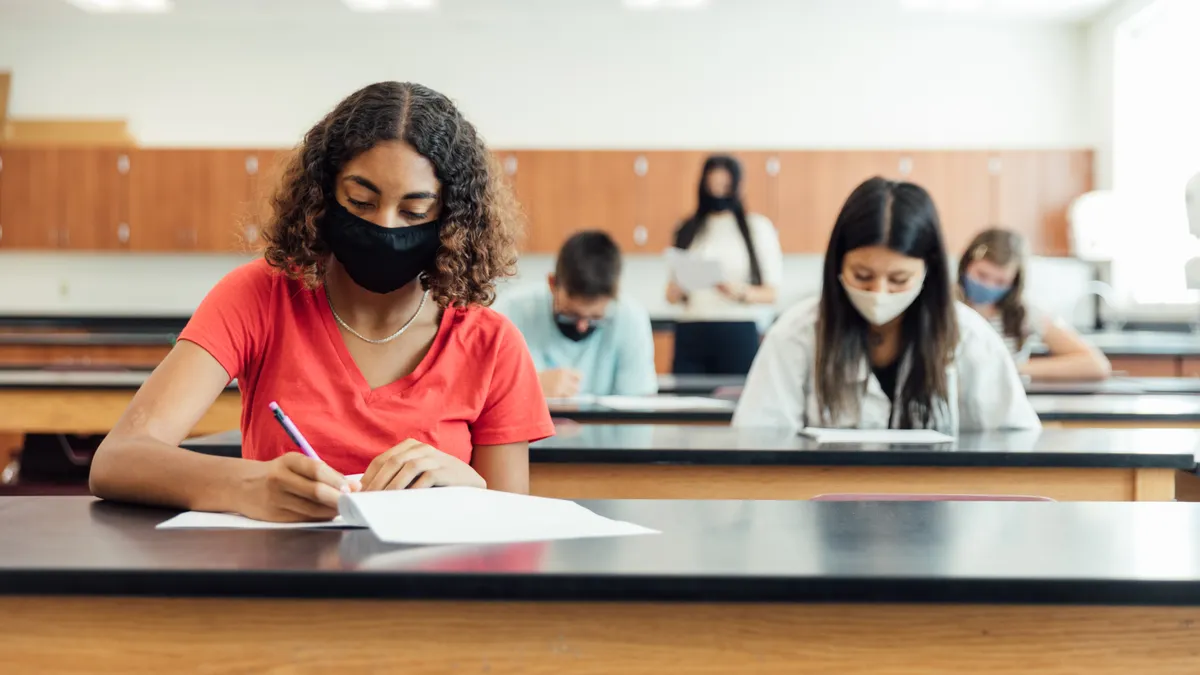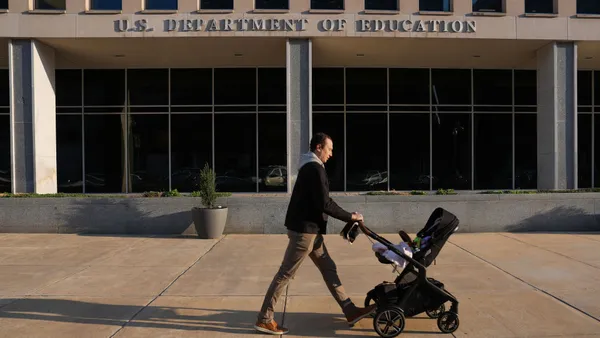Mark Ereth, MD, MA, is an emeritus professor at the Mayo Clinic College of Medicine and Science. Barbara A. Garza is superintendent of the AESA International School System and head of school at AESA Prep Academy in Austin, Texas.
The rapid spread — and now decline — of the omicron variant raises critical questions about how to fight the pandemic long term, especially at schools. With more schools rethinking mask requirements, now is the time to shift our collective focus to a more sustainable and effective solution to fighting COVID: improving indoor air quality.
No one is opposed to cleaner indoor air. In fact, a focus on indoor air offers a source of common ground that sidesteps polarizing issues like masks and vaccines. Improving air quality will also provide protection against other airborne bacteria, viruses and chemicals that are damaging to our children’s health.
Early in the pandemic, the recommendation to schools about indoor air was alarmingly simple — open windows and doors and let the fresh air inside. While increased ventilation with outside air is a good idea, it doesn’t work for all climates, and, most importantly, it’s not enough to ensure the air inside is clean.
Outdated HVAC systems, especially in schools, tend to circulate dirty air regardless of whether the window is open or not. The U.S. Government Accountability Office estimates one-third of the approximately 100,000 American public schools have these outdated systems. It’s time to change that.
At AESA Prep Academy in Austin, Texas, we are facing the indoor air problem head-on. Early in the pandemic, we invested in a cutting-edge air purification system as part of our comprehensive reopening plan. This plan, which also includes testing and masking, prioritizes clean indoor air.
We installed a hospital-grade HVAC system that captures and kills COVID, as well as other airborne contaminants, to ensure our children have the safest, cleanest air to breath. It’s the same technology used in some of the most respected medical facilities in the country, including at MD Anderson Cancer Center’s main campus in Houston.
Teachers have also urged school districts to address air quality. For example, the American Federation of Teachers supports improvements to indoor air and has encouraged the federal government to implement minimum ventilation standards.
During the pandemic, support for these measures intensified. The National Education Association designed indoor air quality plans and, at the local level, teacher unions from Chicago to Oakland and New York City all pushed administrators to implement better air quality technology.
The good news is that federal funding is available to help install air purification technology in schools across the country. The American Rescue Plan Act — one of the federal stimulus bills passed during the pandemic — provides money to help schools address air quality through the Elementary and Secondary School Emergency Relief fund. We urge leaders at all schools to use this funding for HVAC improvements. Clean air for our children needs to be a priority for everyone.
It’s time to shift our thinking away from piecemeal measures and focus on the big picture. If our indoor air is free of all airborne viruses and bacteria, volatile organic compounds and particulate pollutants, parents and teachers can feel more confident about sending their kids to school without having to debate masks or vaccines. And if we adopt a cleaner indoor air strategy universally, we may just prevent the spread of the next COVID variant.
No one wants to go through this experience again. If schools make smart investments and focus on longer-term solutions, we may not have to.













